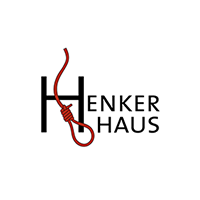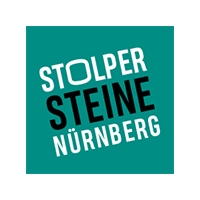| Location of stone: Heideloffstrasse 24 | District: Glockenhof |
| Sponsor: Rotary Club Nuremberg Kaiserburg | Laying of stone: 11 June 2021 |
Biography
On 11 June 2021 Gunter Demnig laid six stumbling stones in Nuremberg for victims of National Socialist medical crimes. The victims’ lives were researched by pupils who attended a P-Seminar at Nuremberg’s Hermann Kesten College, led by Dr Maren Janetzko and Dr Pascal Metzger. The project was carried out in cooperation with the history association Geschichte Für Alle e.V. (History for Everyone). To finance the laying of the stones, the seminar participants applied successfully for a donation from Nuremberg’s Rotary Club. One of the biographies reconstructed during the project was that of Grete Müller. Due to a mental illness, she became a victim of the “Euthanasia” programme.
The elder of two sisters, Margarete (also called Grete) Müller was born in Nuremberg on 30 September 1898. Her father Georg Müller was chief executive of the local branch of the “German Association of Works Managers”. Her mother Auguste (née Fischer) worked as a seamstress. The family lived at Heideloffstrasse 24.
During her youth Grete travelled widely and completed a number of traineeships. After studying at a women’s academy, she worked in various locations in the German Reich as a teacher. In 1925, together with her sister Dorothea, she began attending the Loheland School, a life-reform school for women, situated near Fulda. Here she trained to be a gymnastics teacher. Subsequently, Grete took courses in weaving and weaving art and gave lessons herself.
After an incident in which she fell down the stairs, she sustained injuries that made it impossible for her to continue her work, despite treatment in hospitals and periods spent in sanatoriums. She also suffered psychologically as a result.
In September 1934 Grete was taken to the psychiatric hospital in Erlangen, where she was diagnosed as suffering from schizophrenia. The Erlangen mental health court ruled that she be forcibly sterilised. However, the surgery was not performed, on the grounds that she was permanently resident at the hospital. In the summer of 1938 Grete’s mother had her moved to a Catholic hospital in Bamberg. Her condition did not improve there. Shortly after the move, Grete wanted to return to Erlangen. However, as there was no longer room for her in Erlangen, she was transferred to the psychiatric hospital in Ansbach.
National Socialist ideology separated human beings into “valuable” and “worthless”. Countless numbers of people suffering from various illnesses and disabilities, as well as those who were forced to live on the fringes of society, were denied the right to life by the National Socialist state. The term used for what was in fact systematic killing was “euthanasia”. In the years 1940/41 more than 70,000 people were murdered as part of the “T4” operation. The name for the programme of mass murder is an abbreviation of Tiergartenstrasse 4, the address in Berlin of the headquarters of the government agency that implemented the policy.
Within the framework of “Aktion T4” Grete Müller was moved to the killing centre at Hartheim Castle near Linz on 3 December 1940, where she was murdered in the gas chamber.

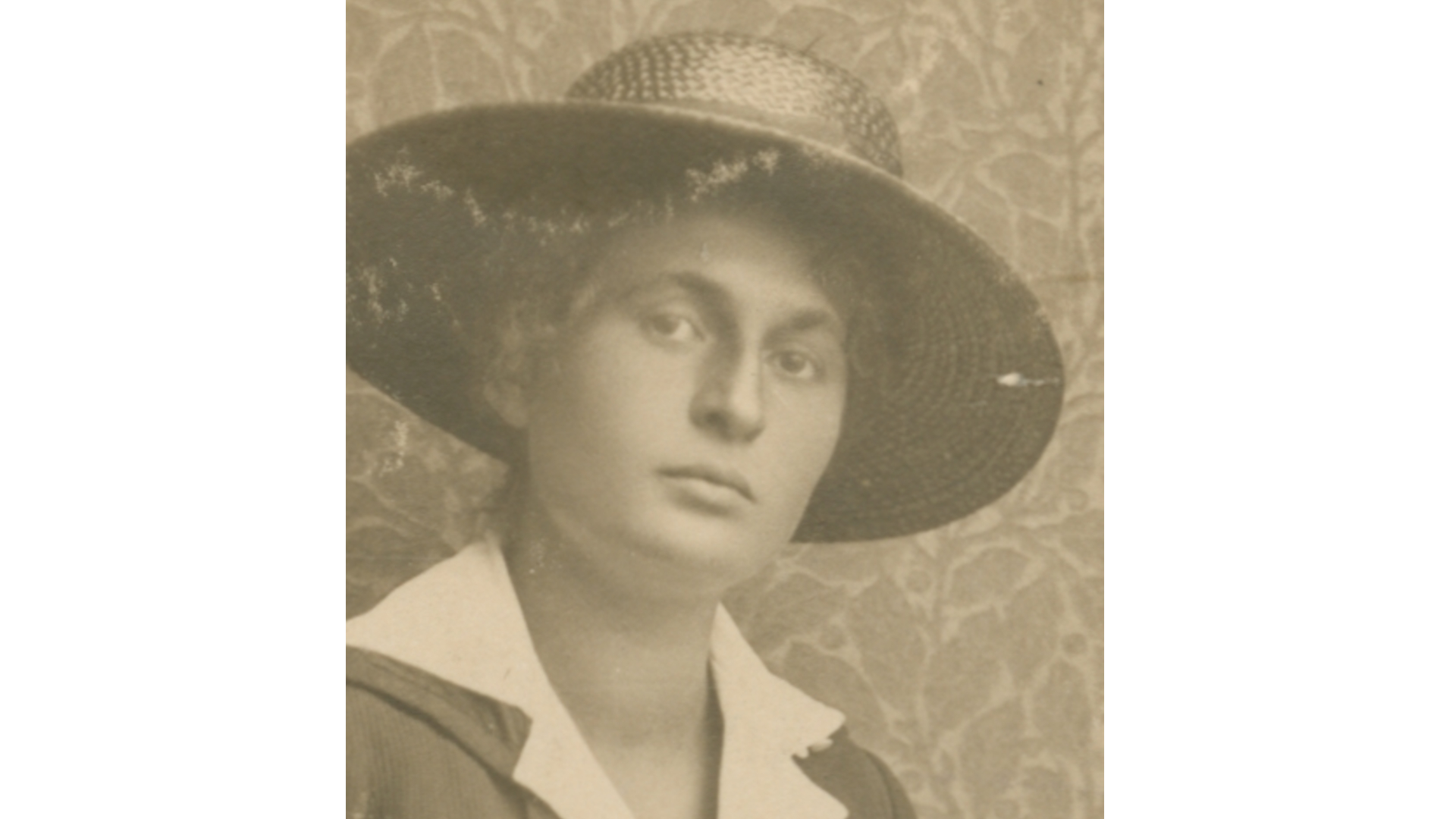
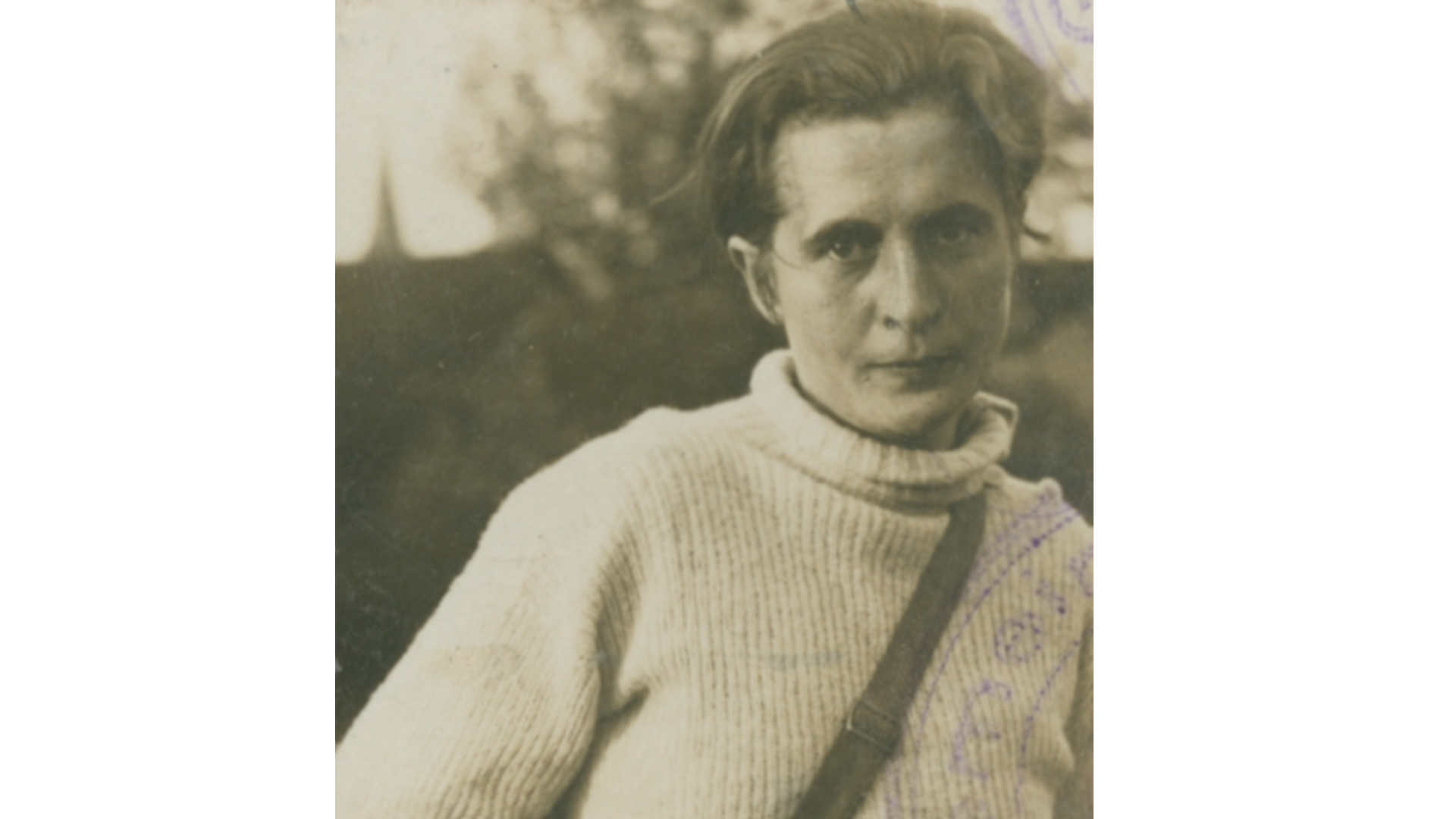
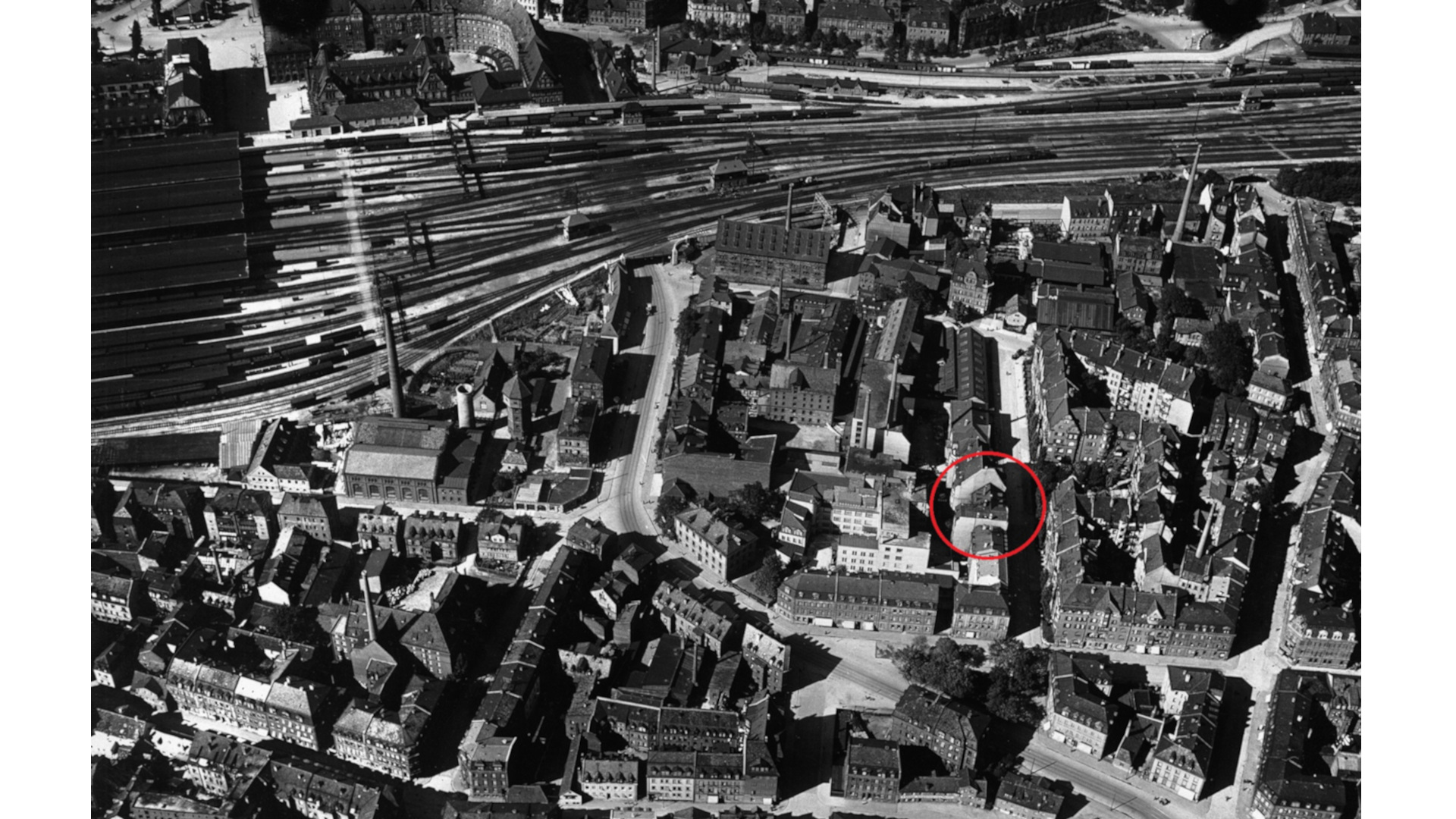
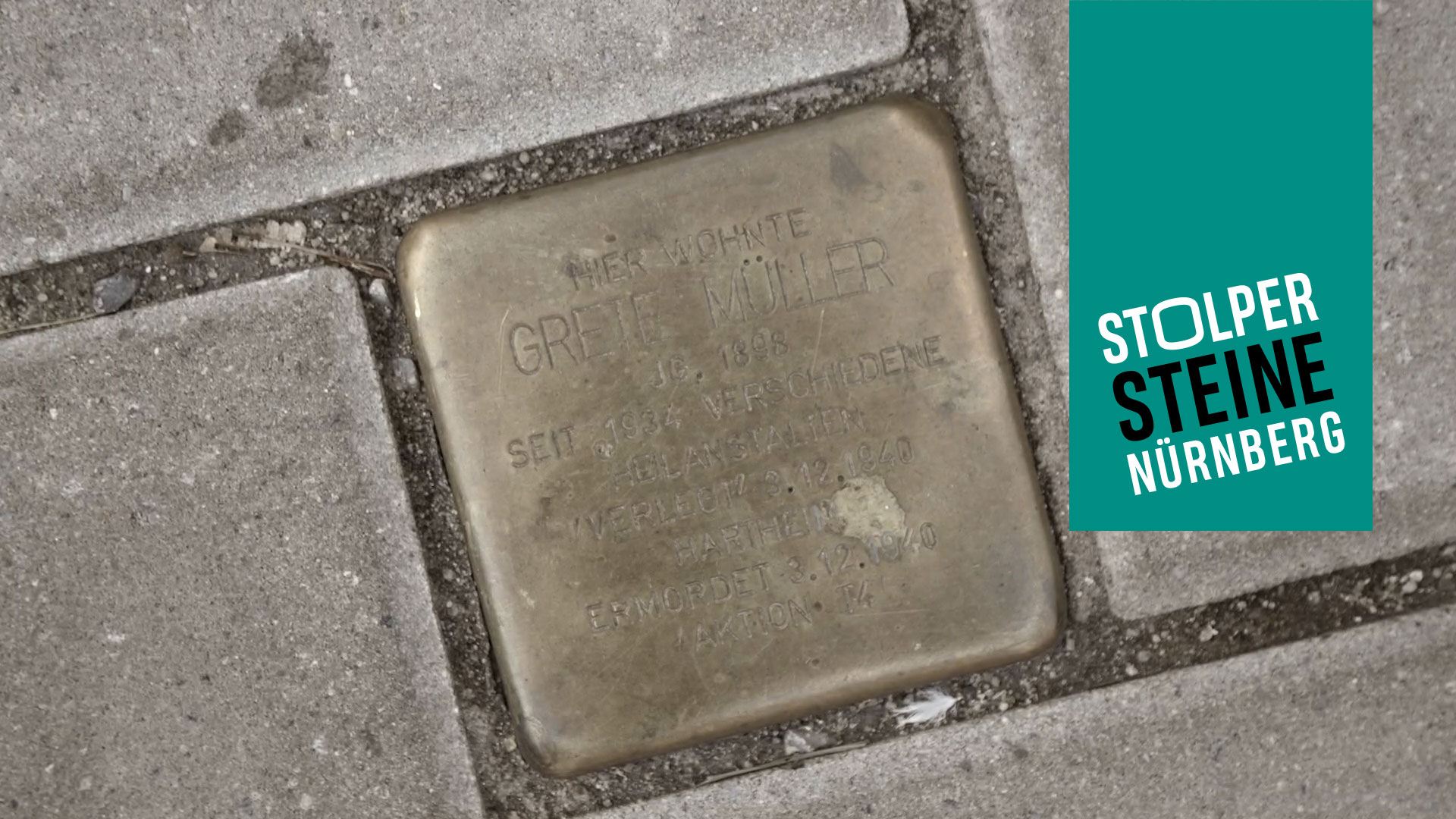

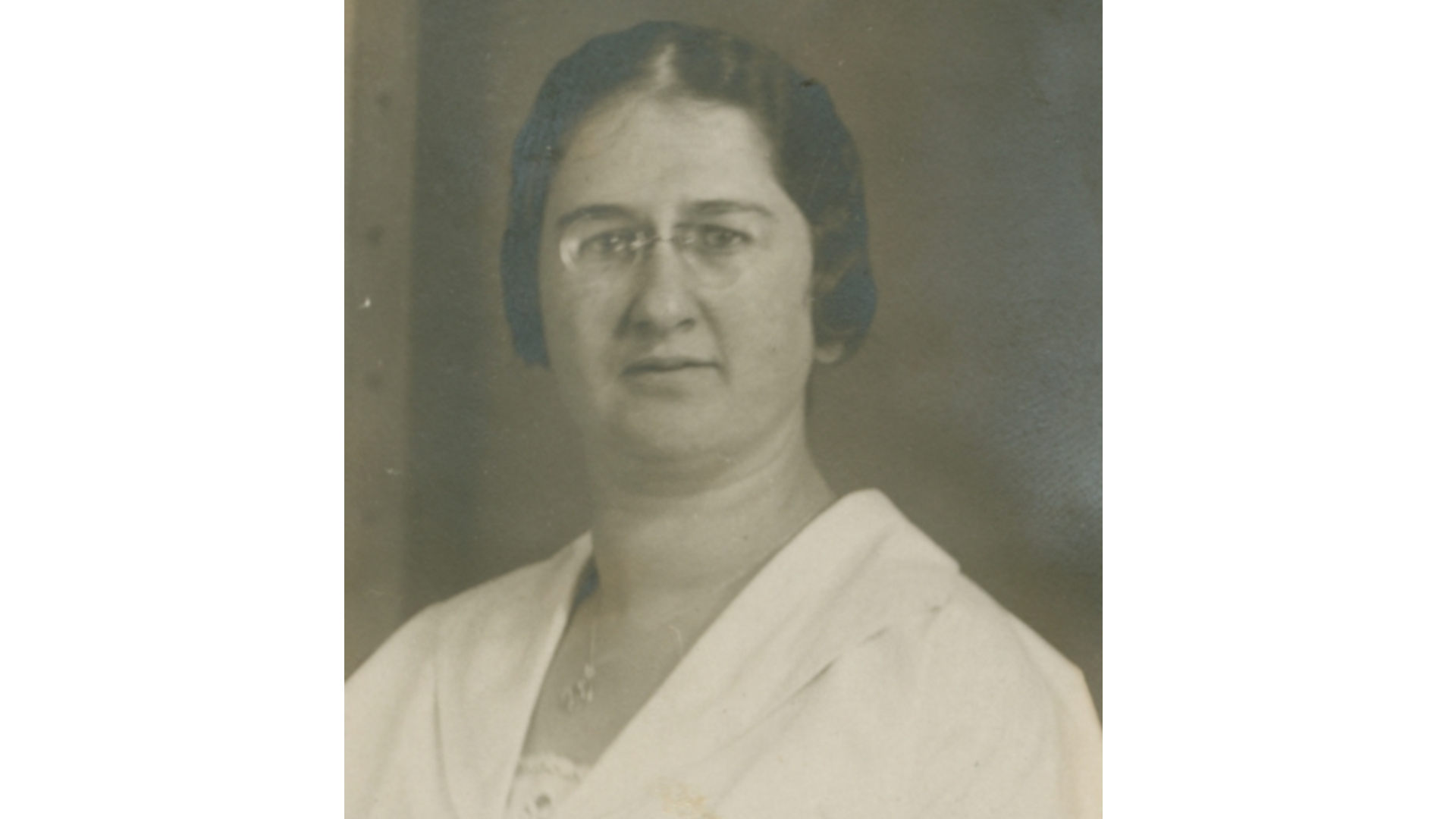
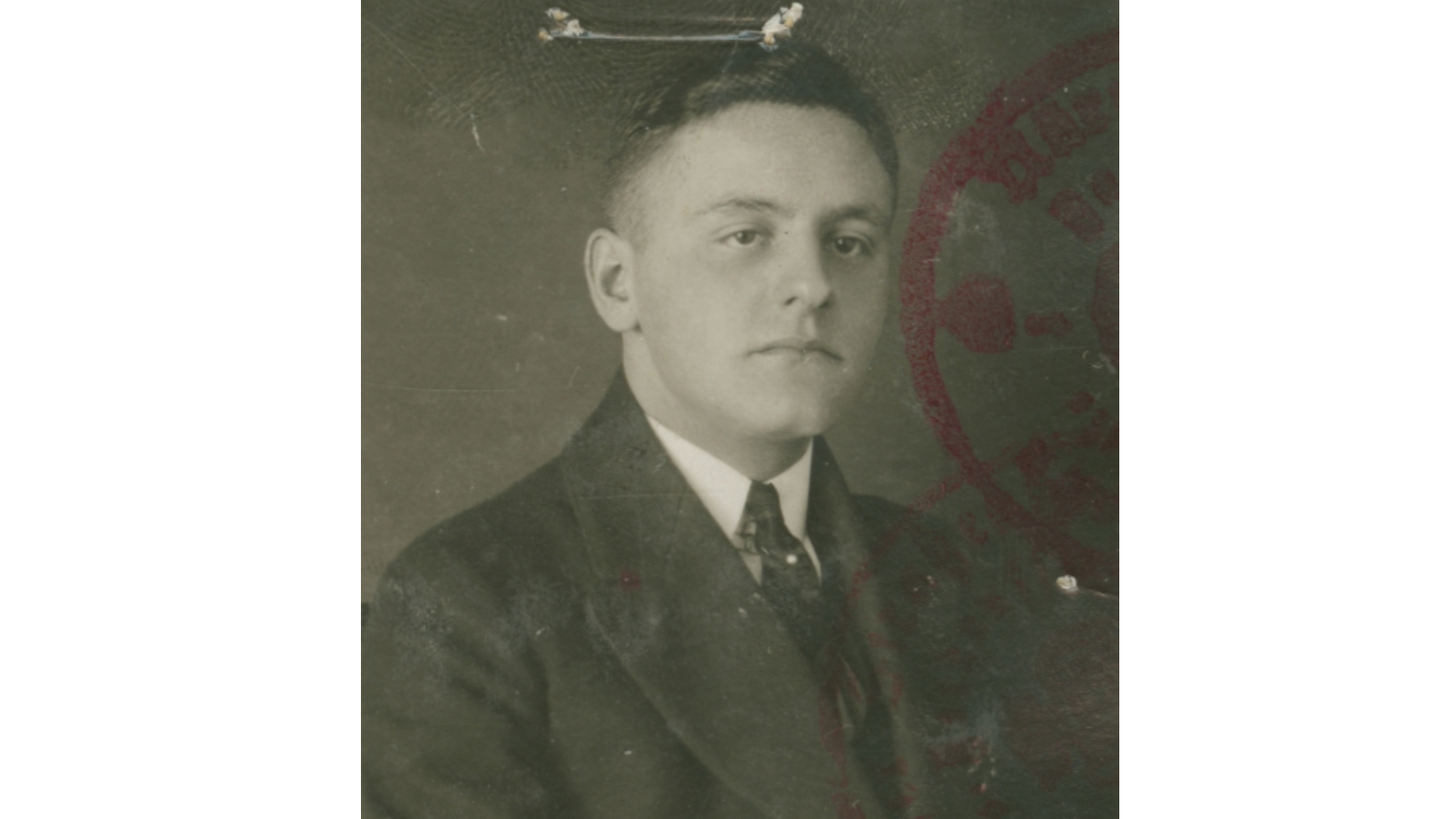
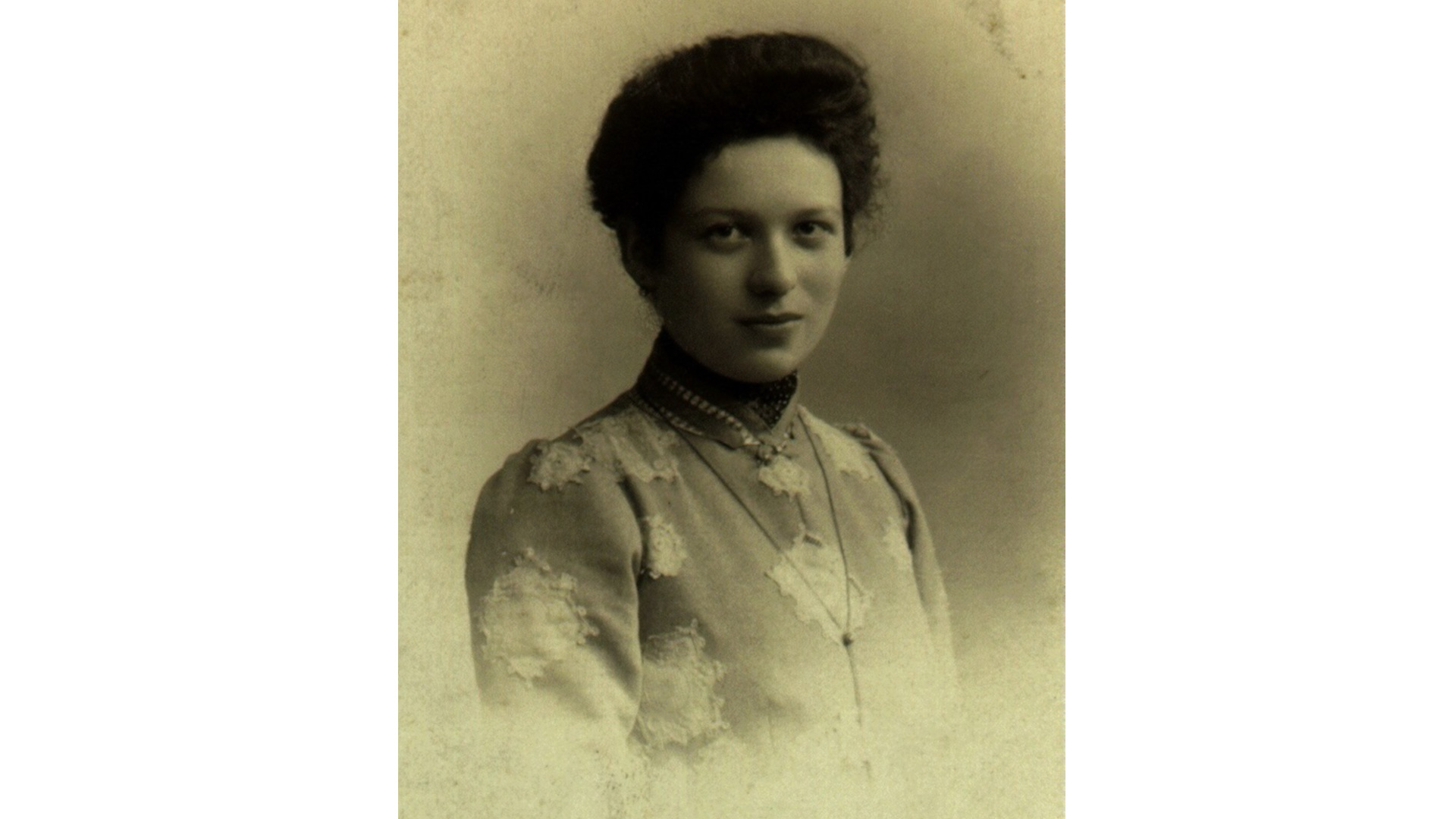
![[Translate to English:] [Translate to English:]](/fileadmin/Stolpersteine/Portraits/Dessauer_Kurt.jpg)
![[Translate to English:] [Translate to English:]](/fileadmin/Stolpersteine/Portraits/Kuenstler_Juliana.jpg)
